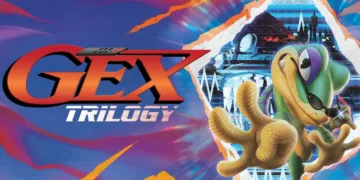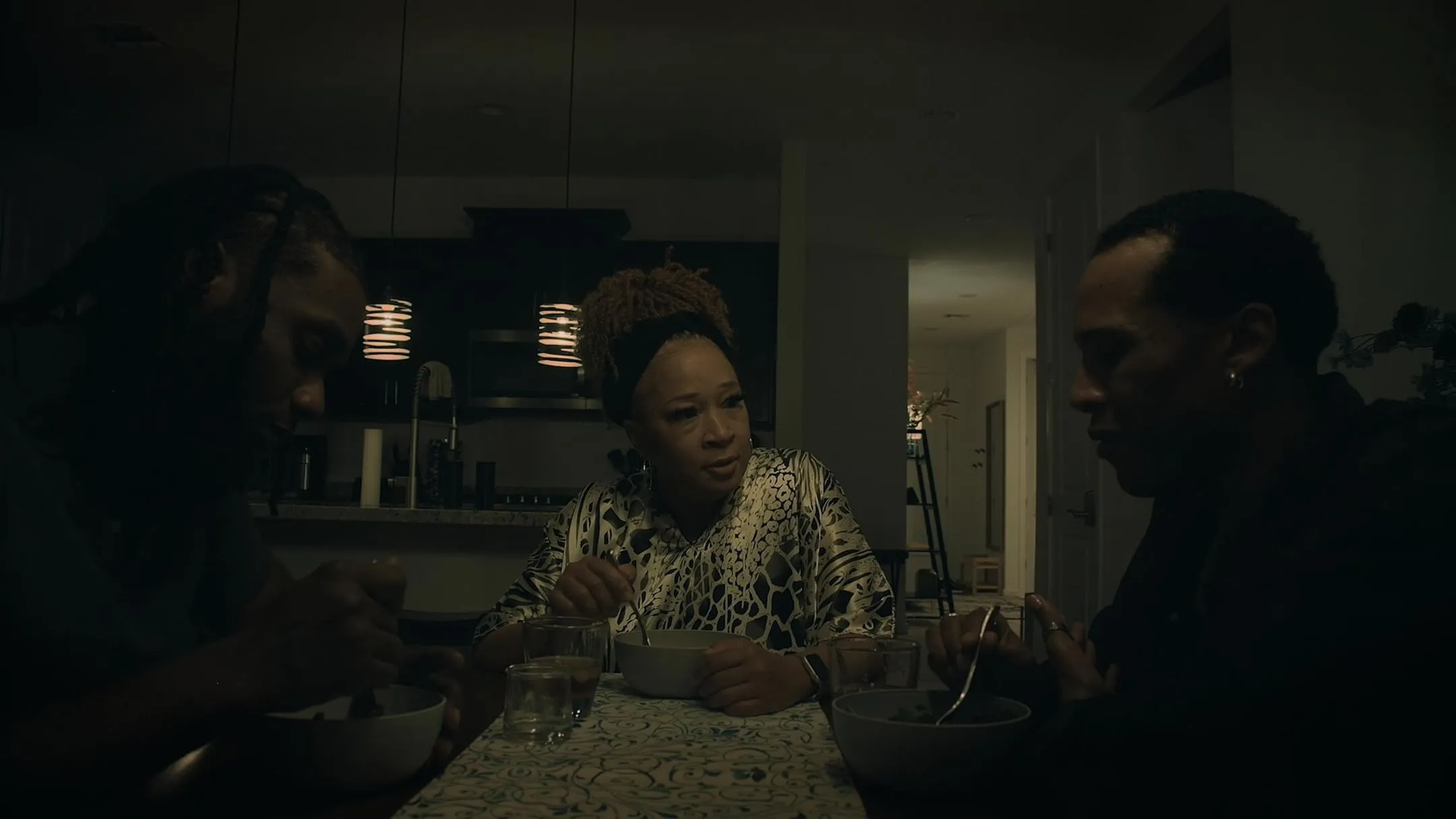In the luminous expanse of Phoenix, Anthony Bawn’s Midnight in Phoenix introduces us to Ezra, an IT worker, and Levi, a magnetic drag artist known to her adoring fans as Jax Diamonds. Their initial connection, born from Ezra’s admiration for Jax’s stage presence, quickly blossoms into the promise of a deeper relationship as they embark on a date.
This narrative setup, where destiny is reshaped by a single night, echoes storytelling conventions found across diverse cinematic landscapes, including the pivotal chance encounters that often drive Indian dramas. However, their budding romance takes a sharp, perilous detour.
A seemingly ordinary stop at a corner store plunges them into chaos when they become the sole witnesses to a brutal robbery. This violent incident does not just interrupt their evening; it catastrophically redefines their lives, instantly transforming them from potential lovers into accidental fugitives. The film effectively uses this sudden shift to propel its characters from a space of personal connection into a public crisis.
Hearts on the Run: Forging Bonds Under Fire
The true engine of Midnight in Phoenix resides in the evolving dynamic between its two protagonists, Levi and Ezra, portrayed with conviction by Dueal Andrews and Richardson Pierre respectively. Their shared screen presence is confident, drawing the viewer into their plight.
As they navigate the dangers of being on the run, the narrative smartly uses their forced proximity and shared adversity to strengthen their bond. This is a common thread in cinema where extreme circumstances accelerate intimacy, akin to how characters in many Indian narratives find solace and solidarity when facing societal opposition.
Their conversations during their flight are particularly revealing. They speak of challenging personal histories, including the difficulties encountered with their families regarding their sexual identities. This common ground of past struggle becomes a powerful adhesive, building a genuine connection amidst the palpable tension of their situation.
Andrews, as Levi, delivers a noteworthy performance, capturing the sparkle of Jax Diamonds and the raw nerves of Levi. A brief moment where Levi imitates a tough persona offers a glimpse into the character’s layered defenses.
Echoes of Injustice: A Flight for Identity
The decision by Levi and Ezra to flee rather than face authorities forms a significant thematic pillar of the film. Their choice is not born of guilt, but from a deeply ingrained fear that the justice system will not view them—two young Black men, one a drag performer—as innocent bystanders.
This specific apprehension mirrors a global cinematic current where filmmakers explore systemic injustice and the perspectives of marginalized communities, a concern that has been central to India’s parallel cinema movement for decades. Their physical journey across the Arizona desert becomes a metaphorical space for self-examination and mutual support.
The film reportedly opens with a statement on the bigotry faced by drag artists, providing an immediate cultural context for their struggle for safety and acceptance. These explorations of fear, identity, and the quest for sanctuary prove more resonant than the straightforward chase elements of the plot.
Raw Aesthetics: Crafting Authenticity on a Budget
Midnight in Phoenix is transparently a work created with limited resources, and this independent spirit shapes its entire aesthetic. The film’s production quality carries an unpolished, direct feel. Certain technical aspects present challenges for the viewer; lighting in nighttime scenes is sometimes insufficient, obscuring the action, and the sound mix can be uneven, with dialogue occasionally becoming difficult to discern.
The film’s concise runtime, just over one hour, contributes to a feeling that one is watching an extended television episode rather than a traditional feature. Yet, these limitations do not entirely negate the film’s impact. There are moments of visual grace, particularly in the depiction of the Arizona desert, with striking shots of the landscape at dawn and sunset.
This unvarnished style, prioritizing emotional truth over technical perfection, can lend the film an earthy quality, echoing the ethos of independent filmmaking worldwide, including the resourcefulness seen in India’s parallel cinema where compelling narrative often superseded budgetary constraints.
Midnight in Phoenix premiered in limited theaters on April 4, 2025, and became available for digital streaming on May 27, 2025.
Full Credits
Director: Anthony Bawn
Writer: Anthony Bawn
Producers: Brentley Willis, Stacy Simmons, Dueal Andrews, Richardson Pierre
Cast: Dueal Andrews (Levi/Jax Diamonds), Richardson Pierre (Ezra), Brentley Willis (Oliver), Lydia Corbin (Aunt Ida), Tyree Ballard (Tony)
The Review
Midnight in Phoenix
Midnight in Phoenix offers a heartfelt look at two individuals finding connection amidst dire circumstances. The lead performances shine, and the film's courage in tackling significant social themes is commendable. While its low-budget origins are apparent in the technical execution, the authentic emotional core makes it a worthwhile watch for those who value story above polish. A film with more heart than budget.
PROS
- Strong central performances and chemistry.
- Meaningful look at social issues.
- Authentic emotional connection.
CONS
- Apparent low-budget technical aspects.
- Uneven sound and lighting at times.
- Thriller elements less developed.


















































